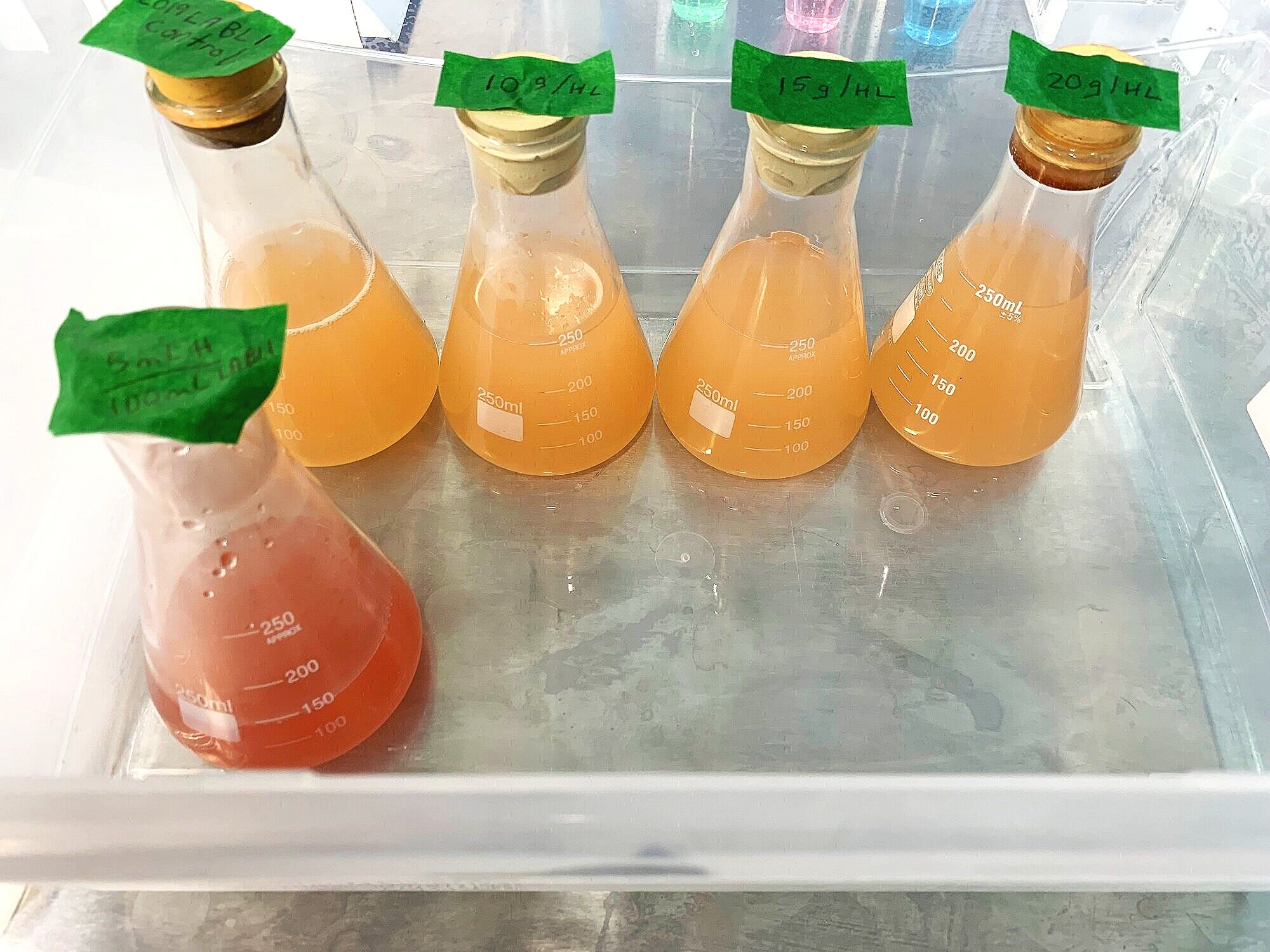The Art of Fining
Winemaking is an art. A winemaker utilizes many methods to craft and create a finished product with a stylistic goal in mind. Fining is one of many ways of fashioning an aromatic and pleasing to the palate wine which appears lovely and clear both in bottle and glass, and is also stable enough to withstand aging, storage and temperature changes. The four main goals of fining are clarity, composition, stability and style.
How does a winemaker know where to begin? The first consideration when fining is to know the fining products that are available. An intimate knowledge of each of the fining classes, and specific products in each class, will greatly assist the winemaker in making the correct and best choice among them to achieve the goals he/she desires.
The second, and even more important consideration, is to know the raw fermented wine attributes. We consider the following: pH and type of acids; time since fermentation completed (including rackings); apparent current clarity or turbidity; fruit, yeast, and enzymes used; and colour retention/evidence of browning and/or oxidative casse by exposure to oxygen. This information can be garnered by observation, careful lab testing and meticulous recordkeeping. Specific attention is given to the constituents of the wine having the potential of causing instabilities.
In the past month, we were faced with assessing the need for fining our Rhubarb wine. Many ‘kit wines’ made by the average home winemaker include finings, but amateur winemakers often do not really comprehend why they are using them, except to achieve clarity in their bottles. Professional winemakers go that extra step and strive to understand both the goals and the reasons for choosing a specific product to achieve those goals. The goals range far beyond simple clarity, and extend into stabilities and instabilities, style, and composition.
My main concern with Rhubarb wine was the potential for protein instability. I performed several tests (called heat tests) to determine first if we had that problem and then bench trials to determine how to mitigate. We finished our lab work and fined with a protein stabilizing product at a very specific rate determined by bench trials, followed by a counter fining agent. As with all finings, if I subsequently change the wine composition again (for example, if I decide to increase the acid profile or add sugar), I would retest for heat stability in addition to others.
Bentonite Fining Trial for Protein Stability
Fining the Haskap Wine involved a few more considerations. Because Haskap wine is so dependent on stable colour for its attractiveness and perception by consumers, attention was given earlier to keeping the intense colour developed and then stabilized. Several methods of doing this are employed (and some are well-kept winemaker secrets of the trade); specific finishing and finings can develop and stabilize this colour further, preventing oxidation as well as colour fading and dropping in bottle. We use several agents to help achieve colloid and colour stabilization. Thus, the remaining tannins can develop softly over the coming months in tank and then in bottle. Also, the oxidative elements in the wine are settled out and therefore, brighten up the colour. Initially, Bench Trials were performed for all products, and a larger portion of the wine (400 L) was being treated, rather than risking the whole batch. If the larger trial is successful, the entire batch will be treated; if it is not as successful as Bench Trials indicate (with possible overfining), the result will be back-blended into the main and the effects diluted accordingly. And finally, for the deeply coloured Haskap wine, we chose antique bottles over flint (clear glass) to help mitigate light shock.
Update December 2020: We have fined and filtered the Haskap wine (Chiad Fhion 2020) as indicated above, and the results are as predicted by Bench Trials. This portion of the batch was bottled on December 22, and the colour is intense and true. The remainder of the batch will be treated in the same manner, after 2 more weeks in tank (due to work commitments outside the winery). See our Winemaker Notes on the Haskap vintages 2019 and 2020.

